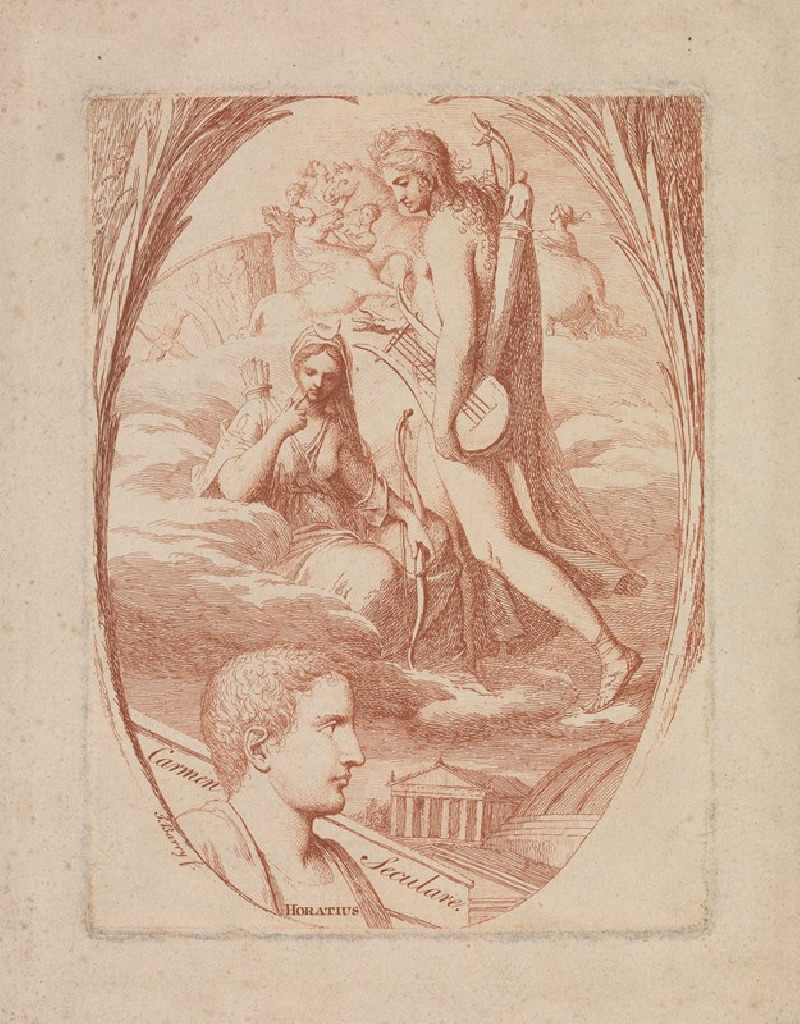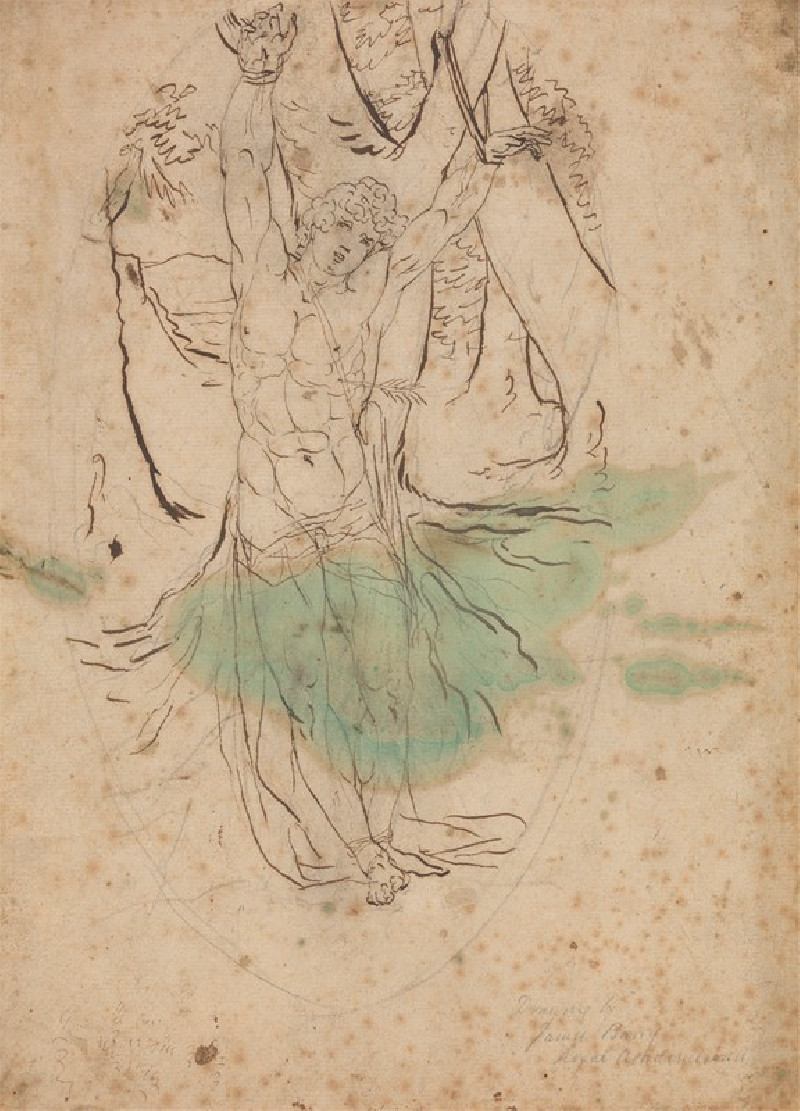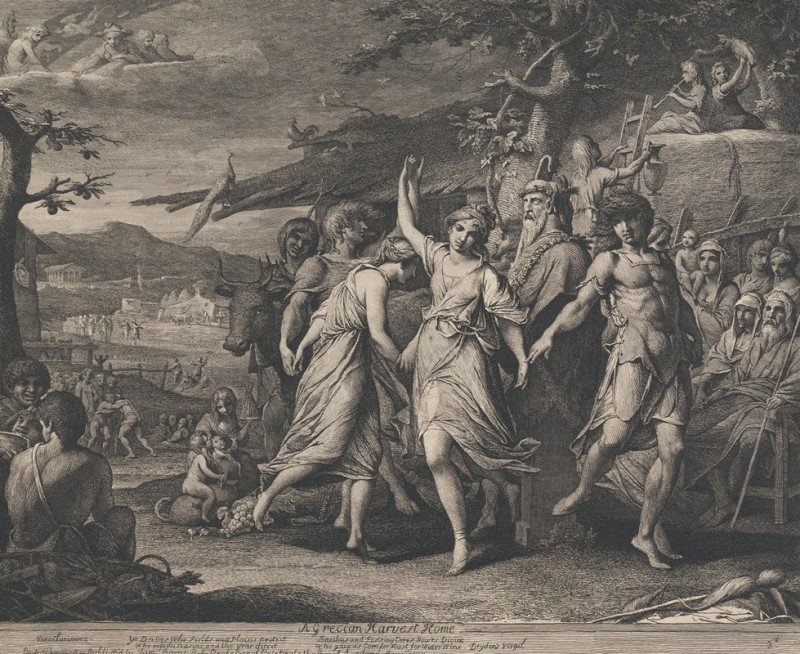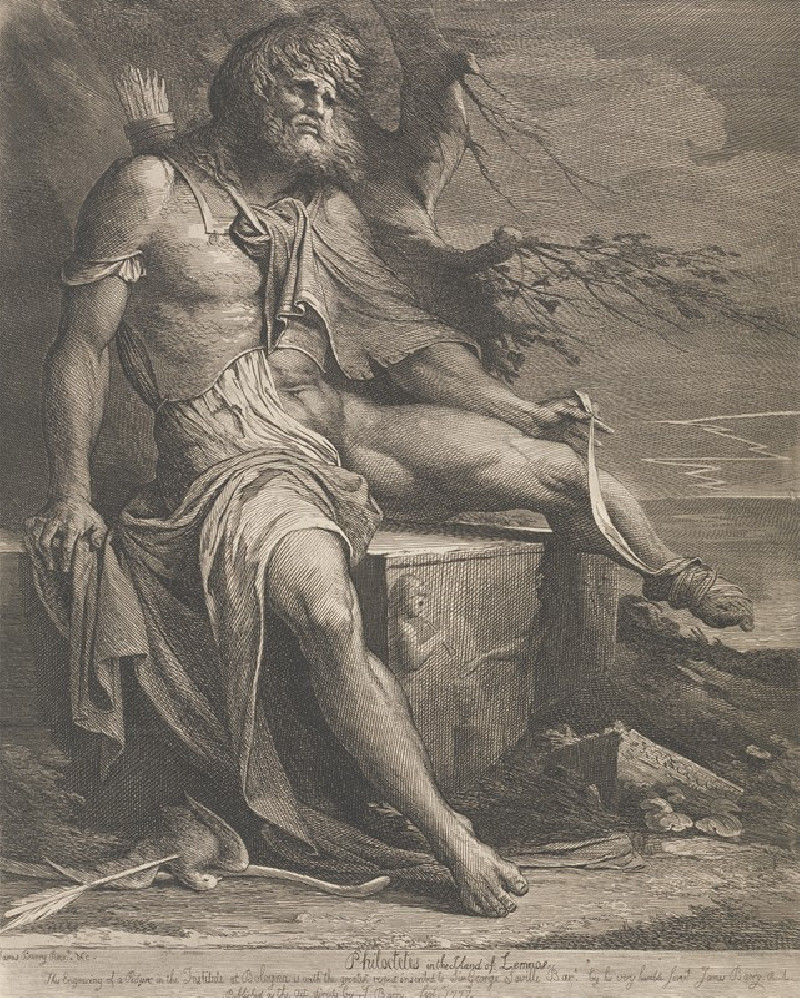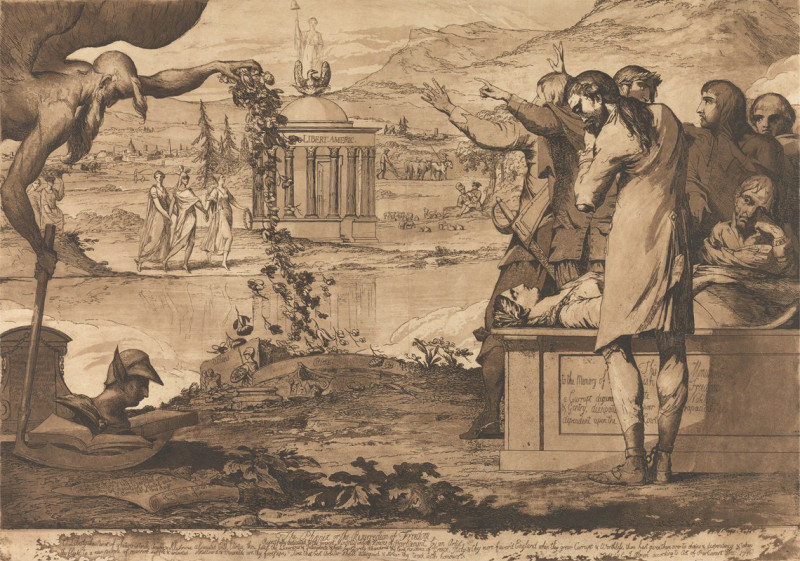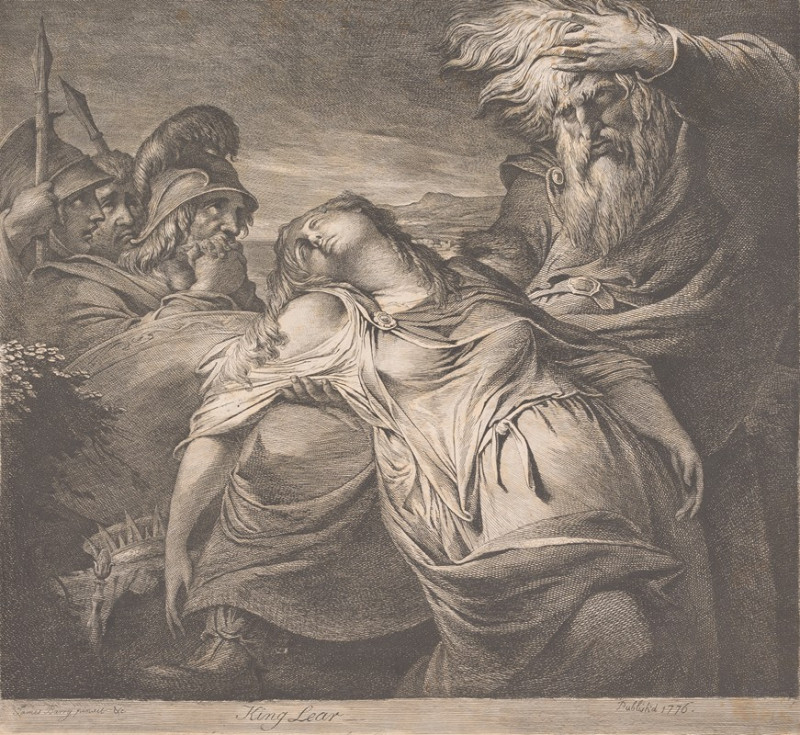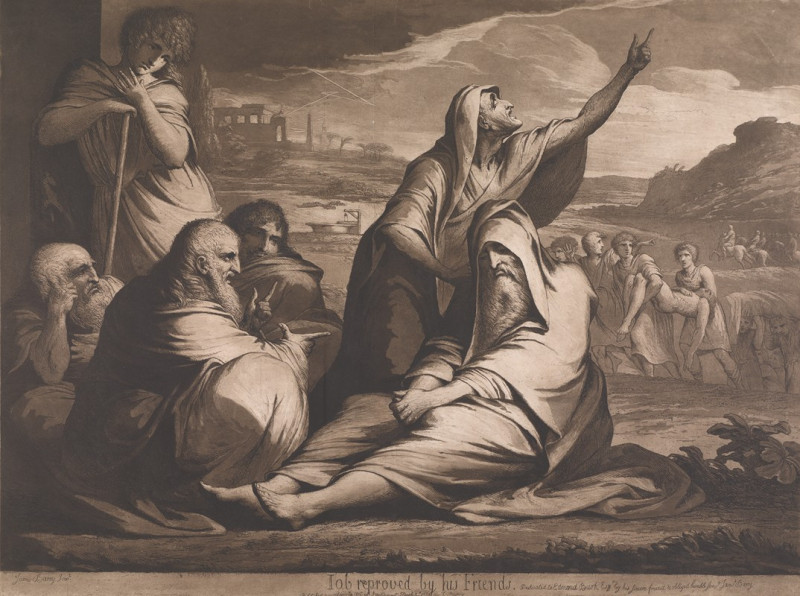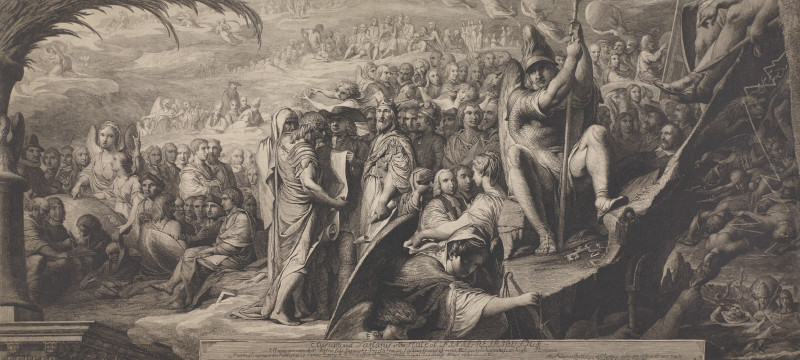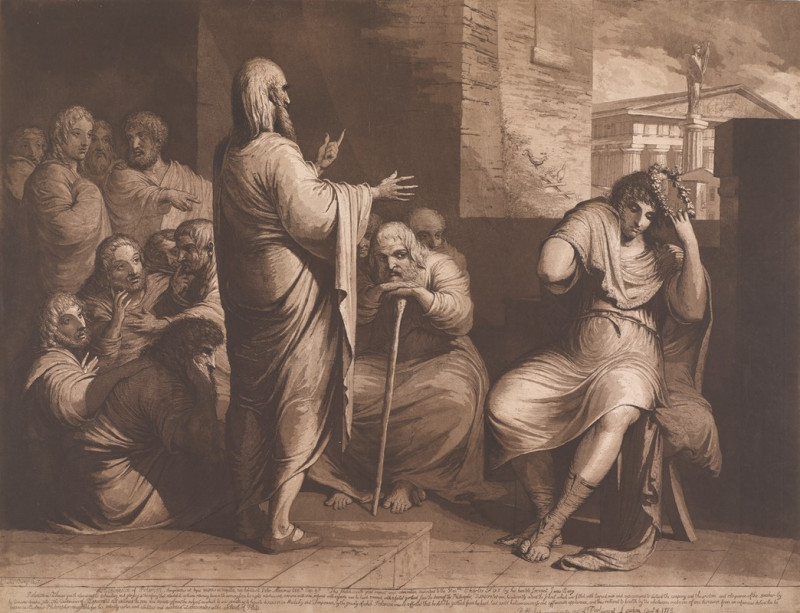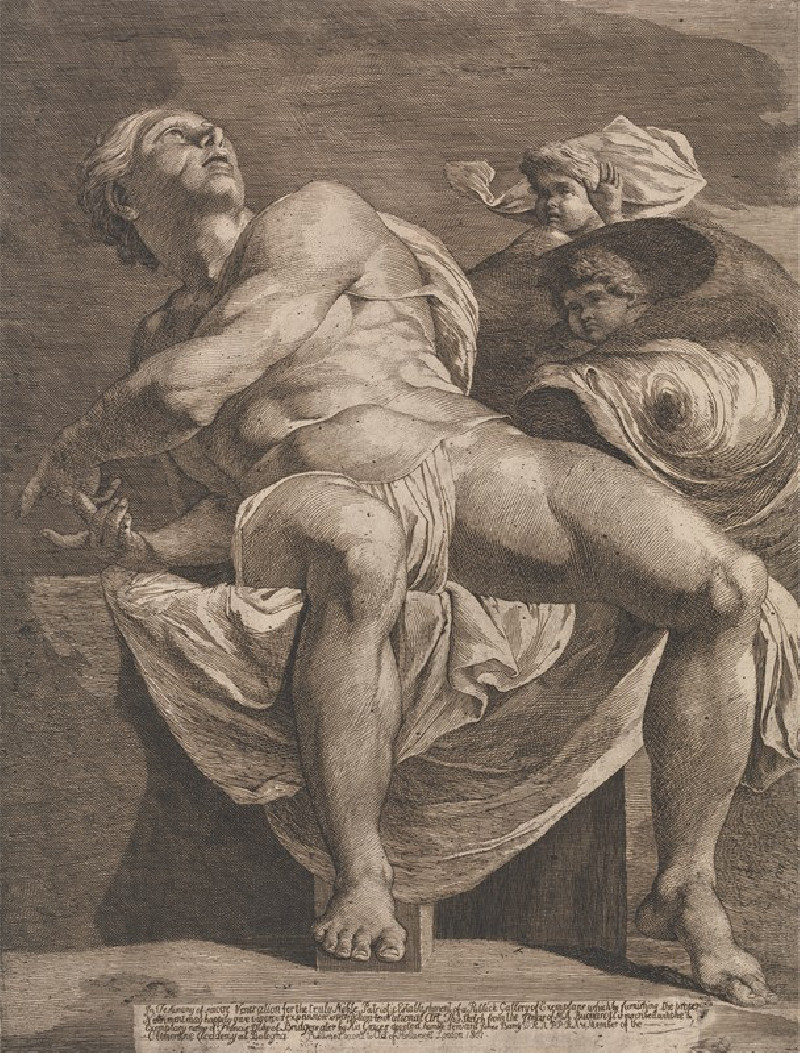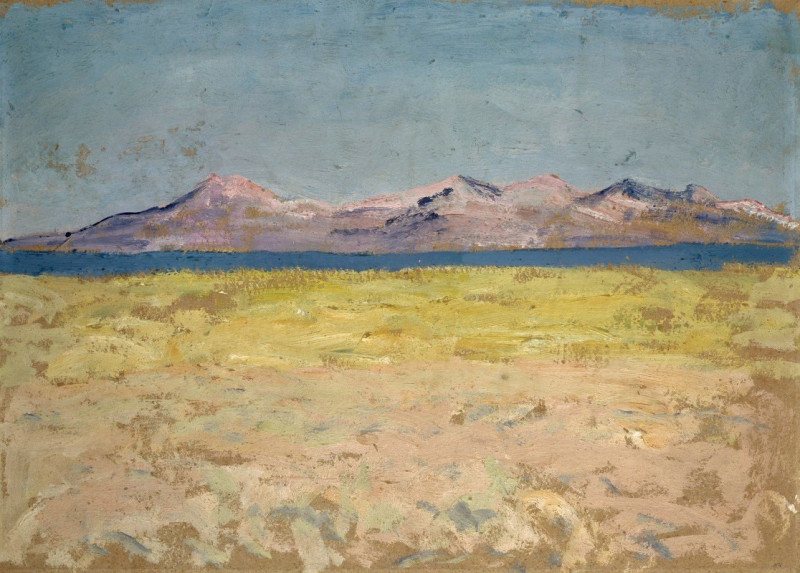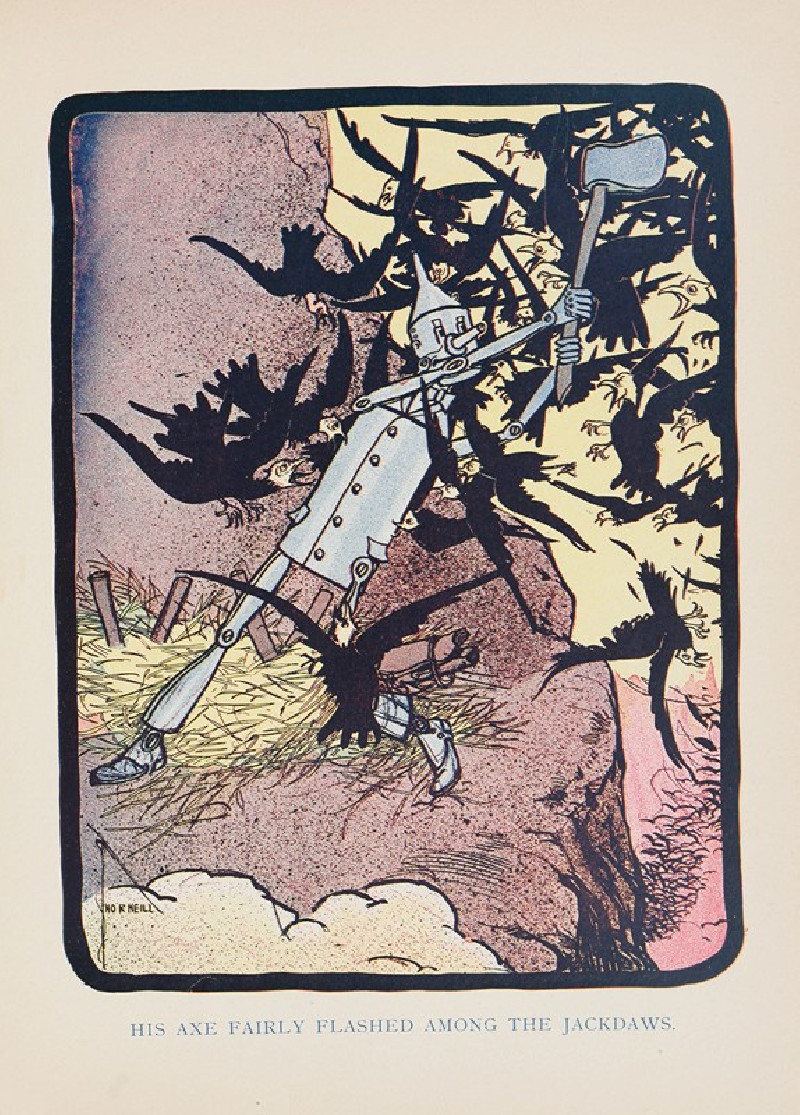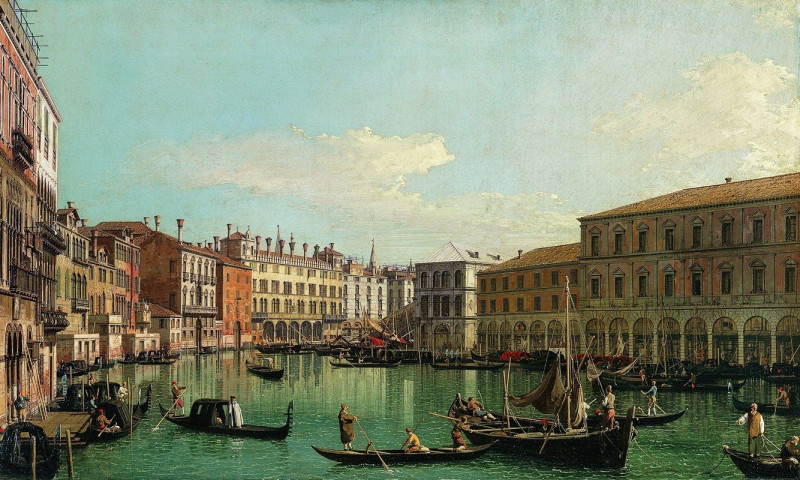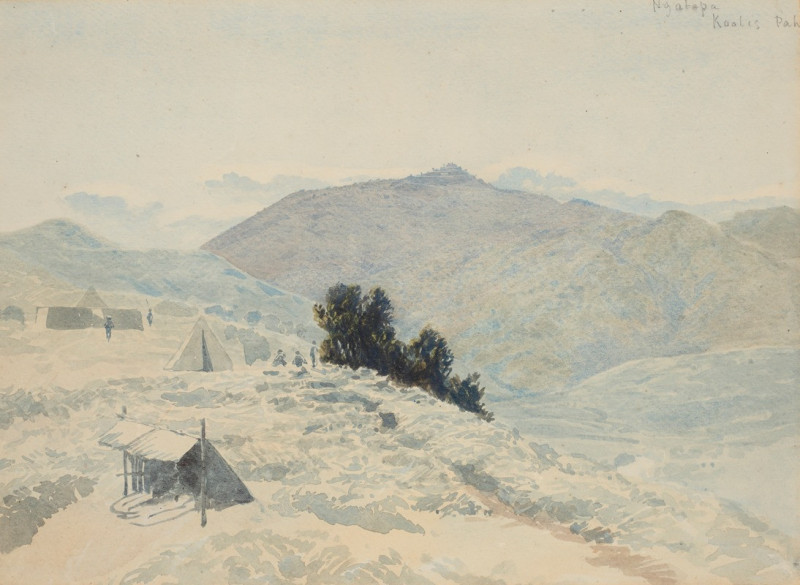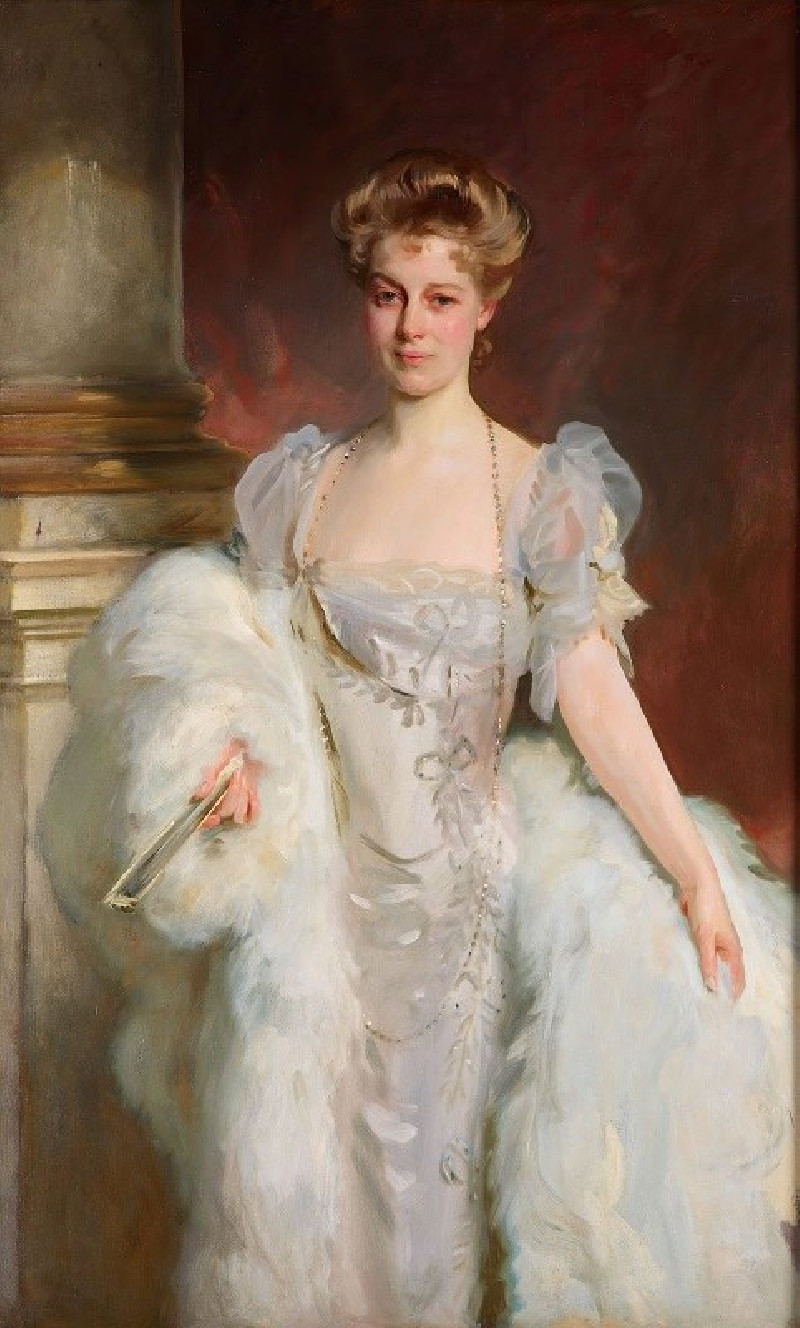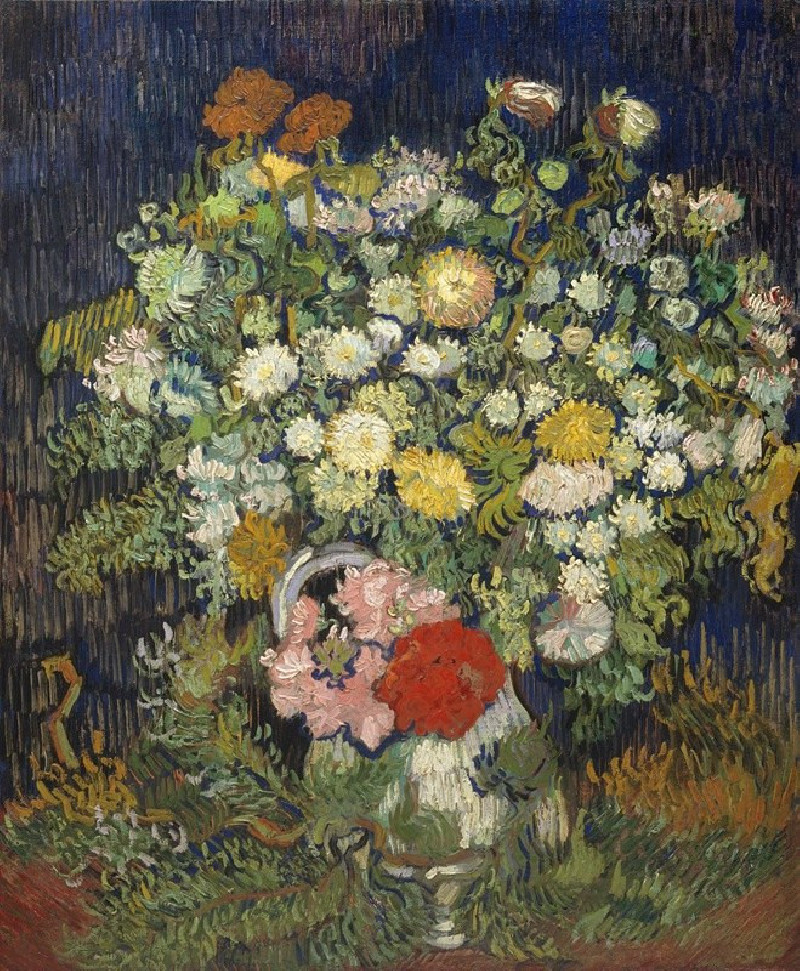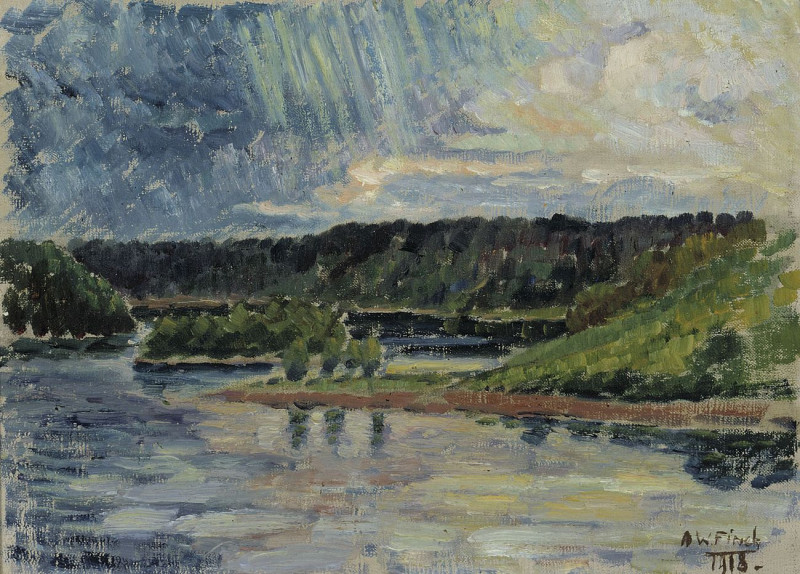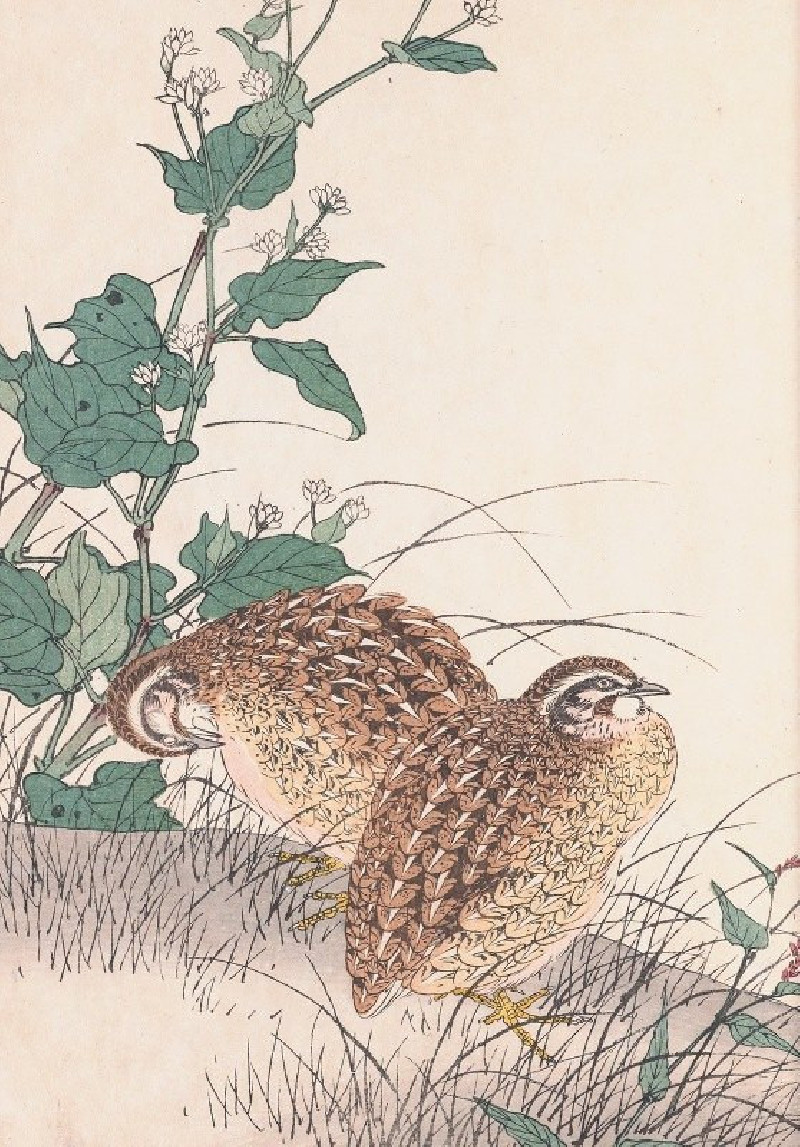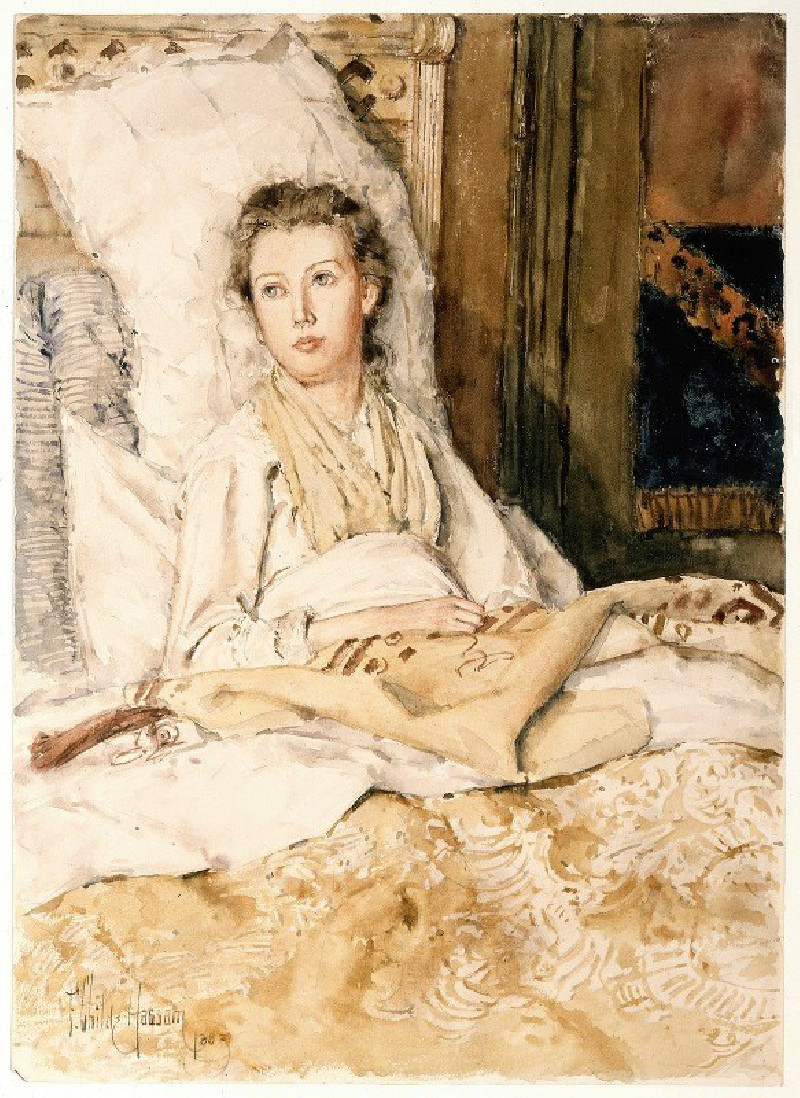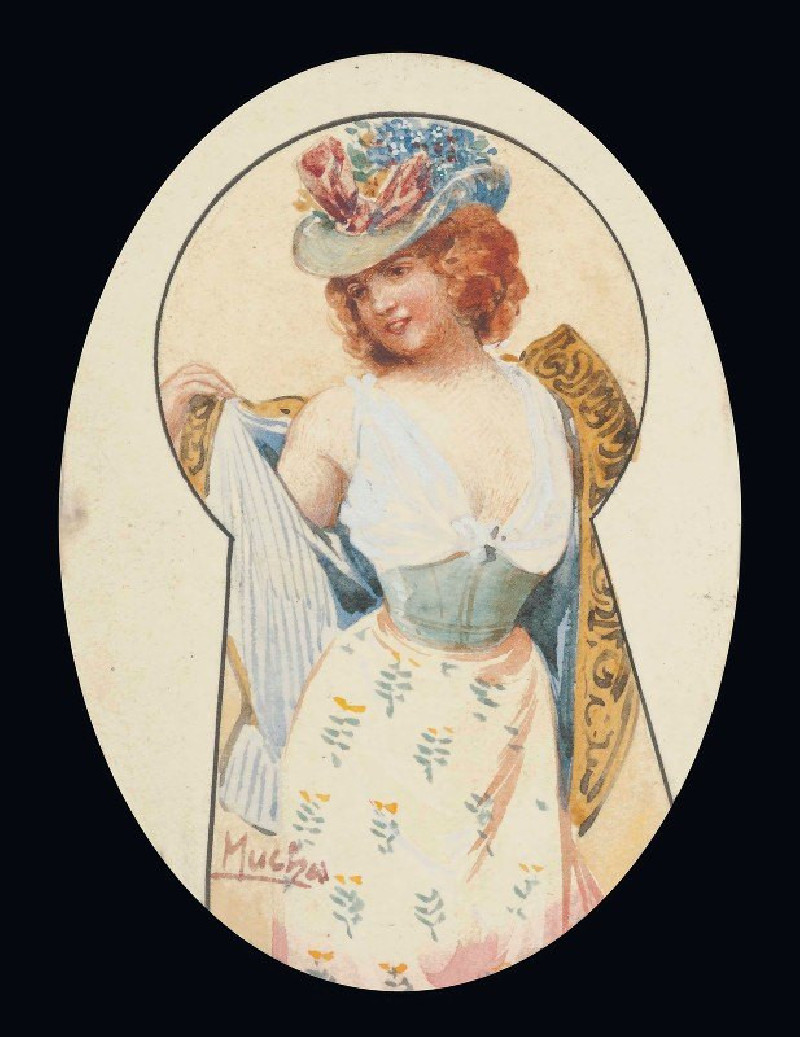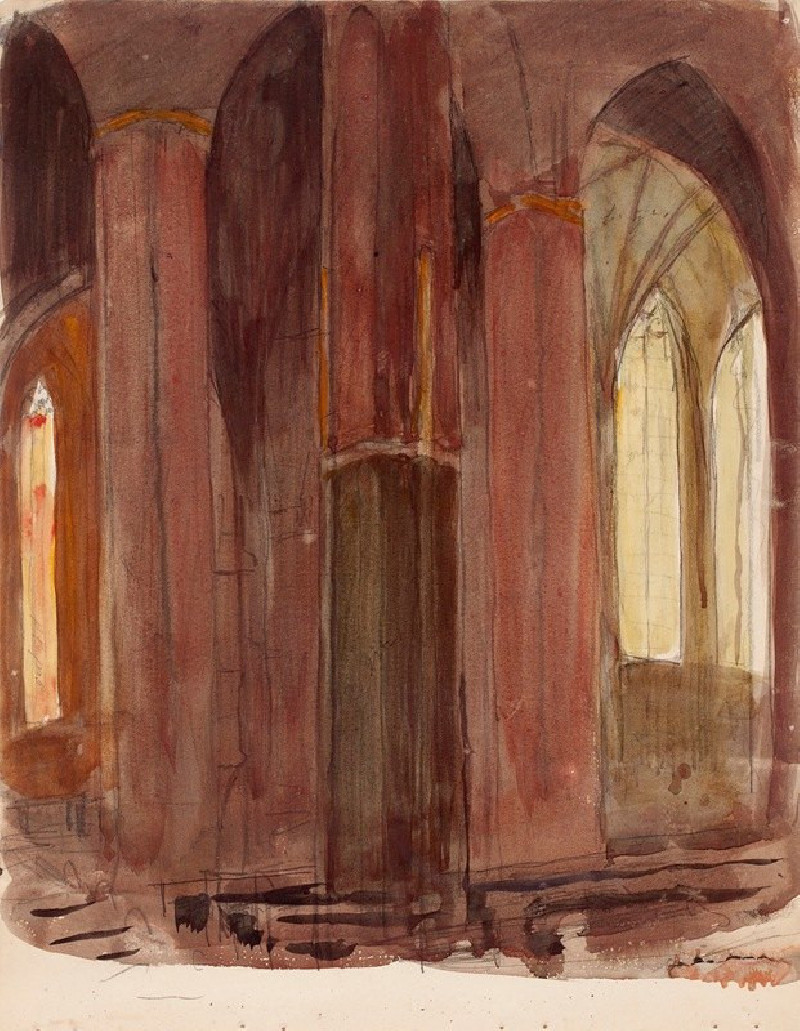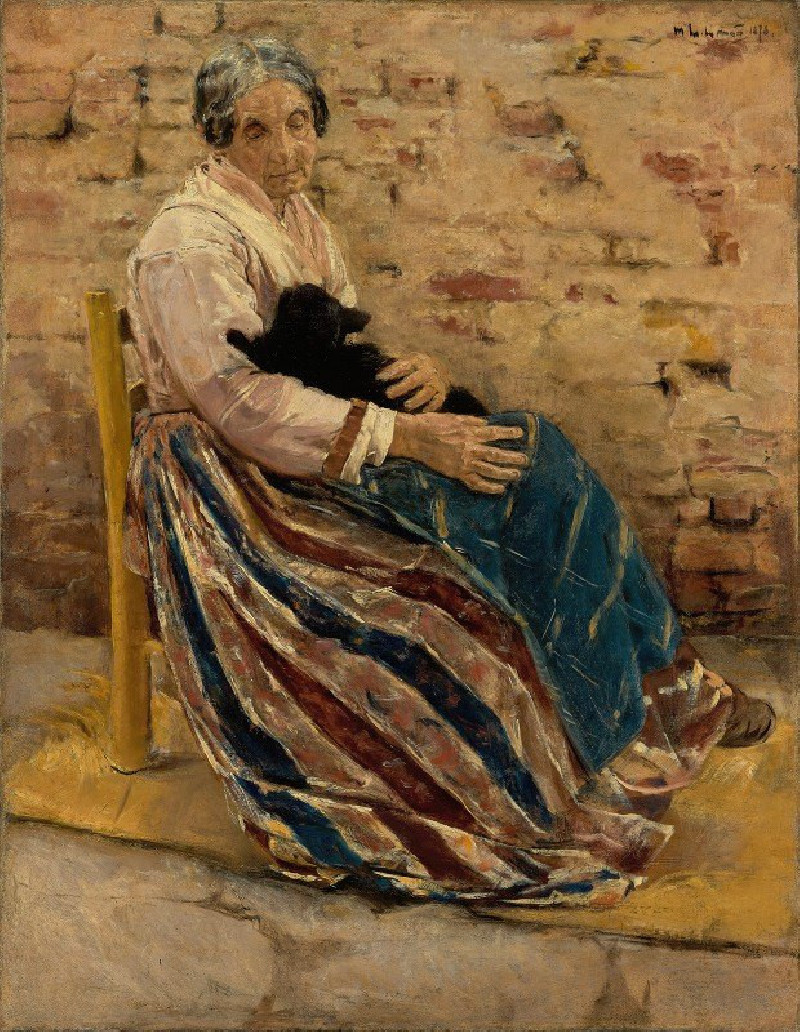King Lear and Cordelia, Act V, Scene 10 (1776)
Technique: Giclée quality print
Recommended by our customers
More about this artwork
Welcome to a profound glimpse into the dramatic world of Shakespeare through the evocative artwork of James Barry. In the etching titled "King Lear and Cordelia, Act V, Scene 10," created in 1776, Barry captures a pivotal and devastating moment from one of Shakespeare's most tragic plays, "King Lear."This poignant scene unfolds in the aftermath of a tumultuous sequence of events, where King Lear, a ruler tricked and betrayed by his own kin, finds a moment of tragic reconciliation. The artwork beautifully illustrates the heart-wrenching scene where Lear cradles the limp body of his loyal and wronged daughter, Cordelia, who has been executed in the wake of their family's brutal power struggles.The composition is masterfully executed, with Lear's figure dominating the frame, his face a canvas of agony and regret. Cordelia, in her lifeless state, is rendered with a serene yet haunting expression, enhancing the tragedy of her untimely death. Soldiers in the background and a dimly lit, ominous sky contribute to the grim atmosphere, underscoring the themes of despair and desolation.Barry's use of chiaroscuro, the contrast between light and dark, magnifies the emotional intensity, drawing viewers into the depths of Lear's sorrow and the ultimate price of familial betrayal and misunderstanding. This piece not only serves as a visual representation of Shakespeare’s narrative but also as a timeless reminder of the consequences of human folly and the redemptive power of love, even in the darkest moments.
Delivery
Returns
James Barry (11 October 1741 – 22 February 1806) was an Irish painter, best remembered for his six-part series of paintings entitled The Progress of Human Culture in the Great Room of the Royal Society of Arts in London. Because of his determination to create art according to his own principles rather than those of his patrons, he is also noted for being one of the earliest romantic painters working in Britain, though as an artist few rated him highly until the fully comprehensive 1983 exhibition at the Tate Gallery led to a reassessment of this "notoriously belligerent personality”, who emerged as one of the most important Irish artists. He was also notable as a profound influence on William Blake.




